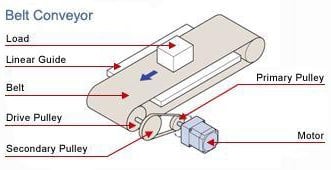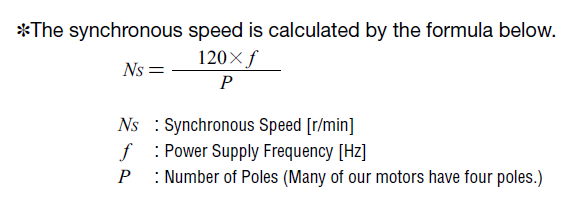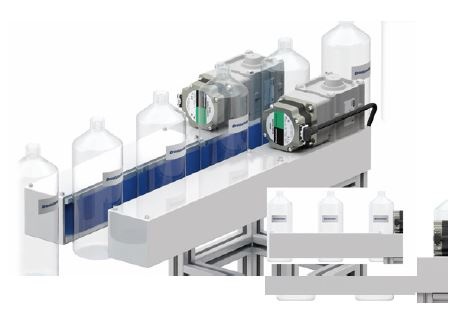AC induction motors are the workhorses that power many types of conveyors to transport materials. However, there's a smaller but mightier type of motor that can help enhance the design and performance of conveyors for many industries.
Welcome to Oriental Motor's "Engineering Notes" Blog:
Products and technology are only valuable when coupled with skilled people and services to support them. Since 1978, ORIENTAL MOTOR U.S.A. CORP. has been building a service and support system to better serve customers. It is our goal to provide the best product and service from the design phase, through the sale and beyond.
Our blog will feature:
- Introduction to new products and technologies
- Motion control basics and application examples
- Tips for motor selection, programming, and troubleshooting
Advancing Conveyor Design and Performance with Brushless DC Motors
Topics: Speed Control, VIDEOS, BLDC Motors, Washdown, Application Examples, New Product Introductions, Food & Packaging, Grip Conveyors, Conveyors
Explainer: How to Synchronize Speeds Between Multiple Motors with One Potentiometer
For speed synchronization applications like a dual belt labeling conveyor, multiple motors must run at the same speed. What is the best type of motor to use and what are the methods to achieve this? Our application engineer set up a product demonstration to show you how this can be done with one potentiometer.
Topics: Speed Control, VIDEOS, BLDC Motors, Grip Conveyors, Conveyors, Product Demos
What Does Ingress Protection Really Mean for Electric Motors?
Electric motors drive our world, but they can be susceptible to environmental hazards like dust or water. This article explores IP ratings and codes, what they are, how they're tested, and why they're critical for motor durability and reliable performance.
Topics: AC Motors, Speed Control, VIDEOS, BLDC Motors, Washdown, Application Examples, Motion Control Basics, Conveyors
In today's fast-paced industrial landscape, the role of conveyors has become more crucial than ever. These systems efficiently move materials, products, and goods for numerous industries, from labeling and packaging to warehousing and distribution. While many types of motors can be used in conveyors, this article highlights a few reasons why brushless motors should be a primary choice for conveyor applications.
Topics: Speed Control, VIDEOS, BLDC Motors, Application Examples, Food & Packaging, Semiconductors, Conveyors
Motor Sizing & Selection Example: Variable Speed Belt Conveyor
Many motor manufacturers offer a motor sizing tool to help with product selection, but if you don't know how to use it, you may still end up paying for it in the long run.
Topics: Speed Control, Motor Sizing, BLDC Motors, Food & Packaging, Conveyors
Which type of electric motor do you size for your conveyor, XYZ table, or robot? Before you select one, you must understand the characteristics of each type of motor in the market.
Topics: AC Motors, Stepper Motors, Speed Control, Motor Sizing, BLDC Motors, Washdown, Servo Motors, Motion Control Basics, Conveyors
Speed Control Basics: VFD or Triac for AC Induction Motors?
When a voltage is applied to an AC induction motor, it runs at a certain speed. Variable speed requirements for AC induction motors are typically fulfilled by a 3-phase motor and an inverter or VFD. This blog post also introduces another option.
Topics: AC Motors, Speed Control, Motion Control Basics, Conveyors
Motor Sizing Basics Part 1: How to Calculate Load Torque
Proper sizing of a motor requires that 3 criteria must be met: torque, load inertia, and speed. For the first part of this Motor Sizing Basics series, I will be explaining what load torque is, how to calculate it for specific application examples, and how it fits into the torque requirement for the application.
Topics: AC Motors, Stepper Motors, Alphastep Hybrid Control, Linear Actuators, Speed Control, Motor Sizing, BLDC Motors, Servo Motors, Rotary Actuators/Index Tables, Motion Control Basics, Conveyors
Are you using motors for a start/stop conveyor or similar application? While AC motors are a common choice for conveyors, there is a unique speed control motor solution available that could improve stop accuracy as well as reduce footprint and cost of machine designs.
Topics: AC Motors, Stepper Motors, Speed Control, VIDEOS, Application Examples, Conveyors
There are a variety of ways to synchronize the speed of multiple motors. In this blog post, we will explain another advantage of using brushless motors systems, which is its ability to set speeds accurately and be able to synchronize speeds on multiple axes easily . Brushless motors utilize built-in hall-effect sensors to regulate speed. Even if the load, input voltage, or temperature fluctuates, the speed regulation will always be under +/-0.2% or better.
Topics: AC Motors, Speed Control, VIDEOS, BLDC Motors, Washdown, Application Examples, Medical, Food & Packaging, Grip Conveyors, Conveyors
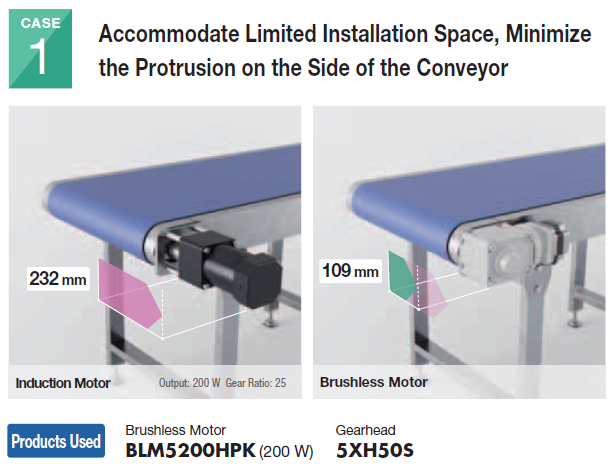
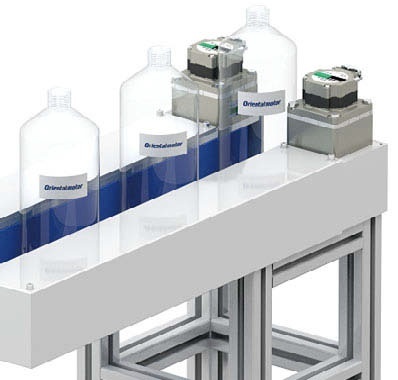
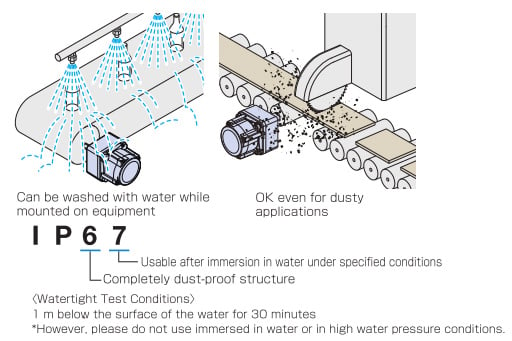
.jpg)
